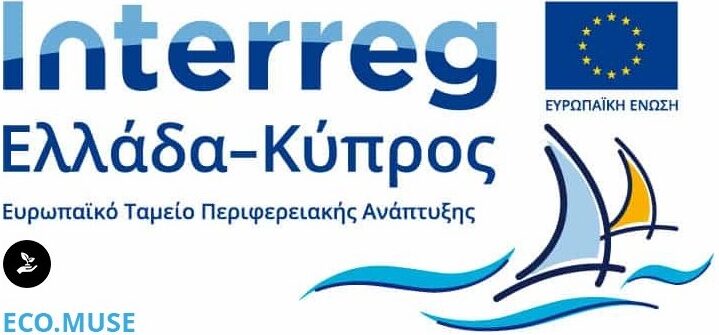Sitia EcoMuseum
Sitia Eco – Museum that will be created in the context of this act, is a new cultural structure of the Municipality of Sitia, that aims to highlight the culture of the most valuable tree of the Cretan land, the olive tree, and its products.
Sitia Eco – Museum is based on the innovative idea of connecting a visitable indoor exhibition space of architectural interest with outdoor and urban landmarks of the surrounding area, the Municipality of Sitia in this case.
The Eco – Museum (as a building, but also as a living organism) will function as a nucleus for the presentation of traditional culture, which is an important factor in the modern life of the city of Sitia and the wider area, but it will also be connected to the cultural and natural reserve of Eastern Crete, holistically highlighting Sitia as “City of Olive Oil”.
For this purpose, the Municipality of Sitia, with the cooperation of Sitia Development Organization (OAS) will form two existing buildings of the Municipality, as visitable exhibition and educational spaces: the former Agricultural Training Center (KEGE) in Sitia and the old olive press factory in the village of Maronia, Sitia. These two buildings, through a series of proposed interconnection routes with the city and the countryside of Sitia, which will be proposed in agreement and consultation with the local communities and the economic factors of the town, will complement each other, forming a single, open and lively Eco – Museum.
Model Olive Training Center former Agricultural Training Center (KEGE)
The Model Olive Training Center will be housed in Building C and the surrounding area of the property of the DIMITRA building complex (former KEGE) in the town of Sitia. The specific space will be remodeled and equipped properly through the Act, in order to function as an educational and visitable space.
Maronia olive press factory
The building in question, both due to its building form and its use, consists a cultural heritage in terms of style and know-how of a past period and will undoubtedly form an important place of highlighting the history of olive oil, a symbolic product of eastern Crete, and beyond. Lighting infrastructure improvements will be made to the existing building.
These two emblematic buildings will be connected in a single open visitable structure, through routes-visits, which will be adopted and highlighted through a series of proposals that will be developed by the University of Crete-Museum of Natural History of Crete, in collaboration with the Municipality of Sitia, OAS and productive bodies of the city.
It is certain that traditional culture can and must be an important factor in the transformation of local society and a lever for an alternative form of social formation and economic development. Through the study of the anthropogenic environment and the cultural reserve of the area and taking into account the spatial planning of the Municipality of Sitia, the human geography of the town and the priorities of the social partners, as well as those of the local community, an Inclusion of Activities and Actions Plan can be proposed to be implemented. by the Operating Body of Sitia Eco-Museum. The proposed actions will be compatible with the Business Development Plan of Sitia Eco – Museum, technically and economically applicable, flexible and easily adaptable to the future local sociopolitical developments.
The final objectives of the Inclusion of Activities and Actions Plan will be the following:
A) The proposals of activities that will arise to be embraced by the local communities and the visitors of the area.
B) Sitia House Museum to become a laboratory for the study of the past and present of the population and its environment, and to contribute to the revelation of its artistic expression.
C) The open structure to become a mirror in which the local population can see itself, to discover its own image, to seek an explanation for the place which it is connected to, as well for the populations that preceded it.
D) To become a mirror in which the local population will turn to its visitors, in order to be better understood, so that its customs and identity will inspire respect.
